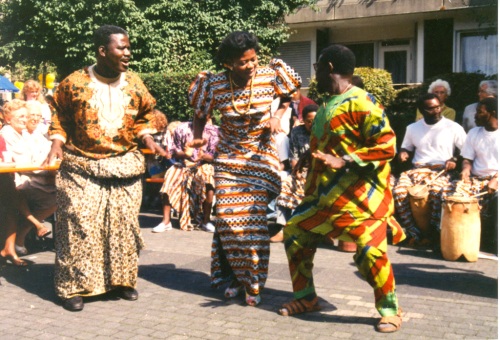Of the many Hollywood films made about Africa, the Tarzan films are among the most influential in creating stereotyped notions of African peoples, geography, and social organization.
An examination of the portrayal of Africa and Africans in Cedric Gibbons’s Tarzan and his mate (1934) provides a window into how music has been used to generate these stereotypes and calls into question the degree to which these (mis)conceptions, under the same or different guises, have survived into the 21st century.
This according to “When hearts beat like native drums: Music and the sexual dimensions of the notions of savage and civilized in Tarzan and his mate, 1934” by Clara Henderson (Africa today XLVIII/4 [winter 2001] pp. 90–124).
Edgar Rice Burroughs’s Tarzan of the apes, the first Tarzan story, is 100 years old this year! Above, an early dust jacket for this classic; below, the original 1934 trailer for Tarzan and his mate.
BONUS: The film’s notorious river scene, for which the Olympic swimmer Josephine McKim temporarily replaced Maureen O’Sullivan as Jane.









